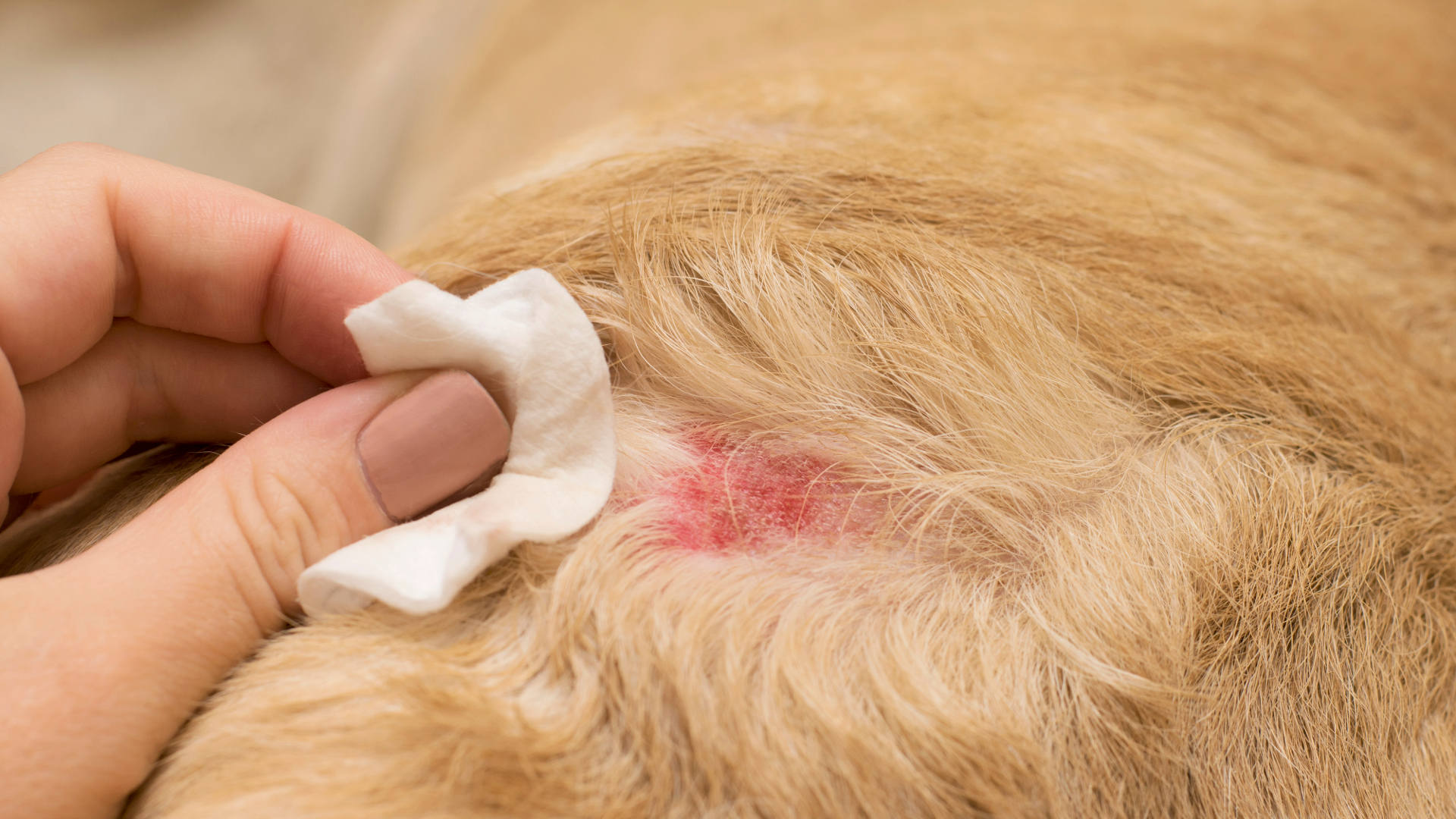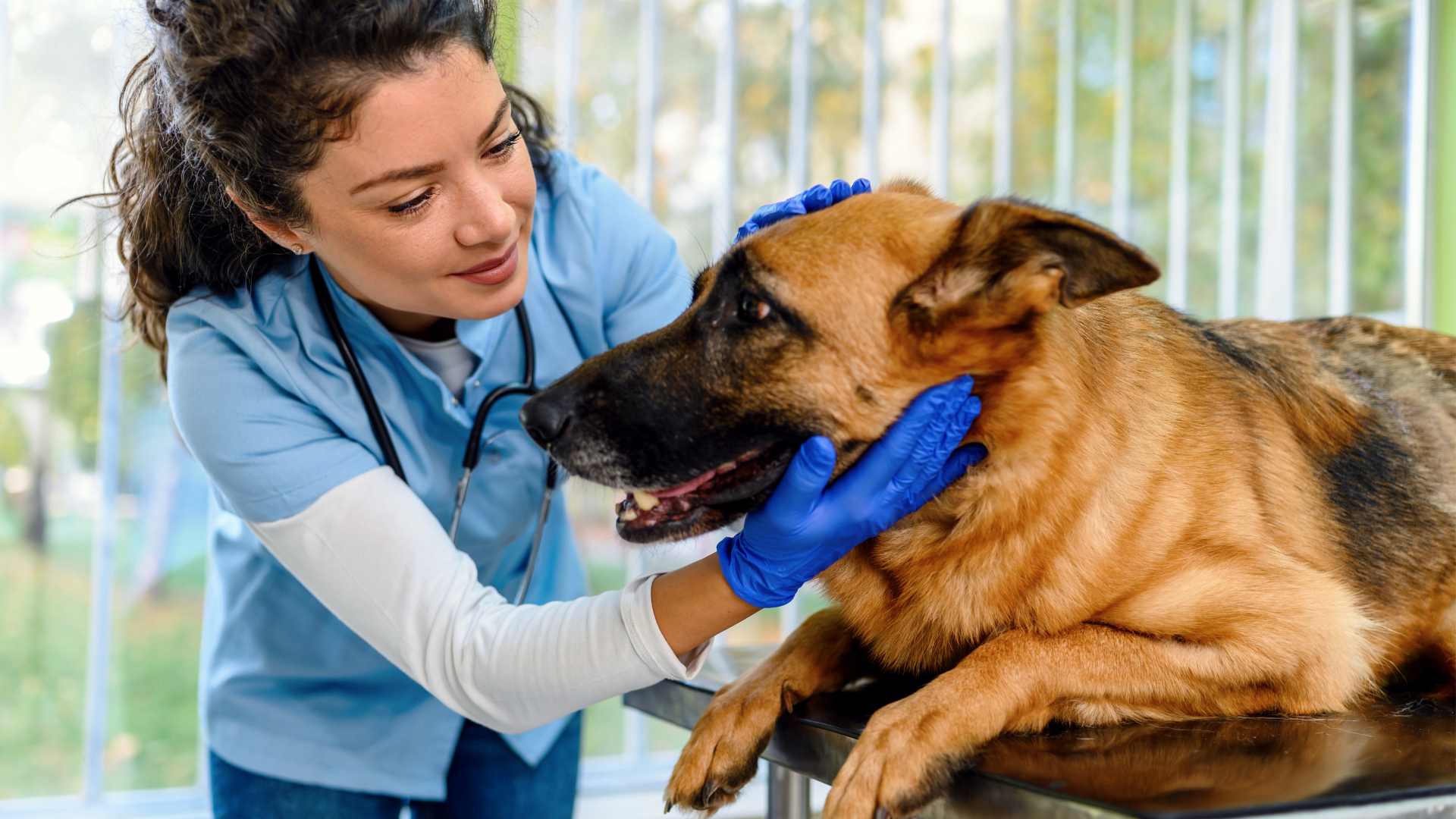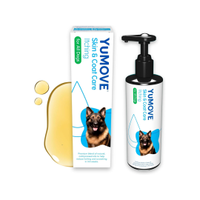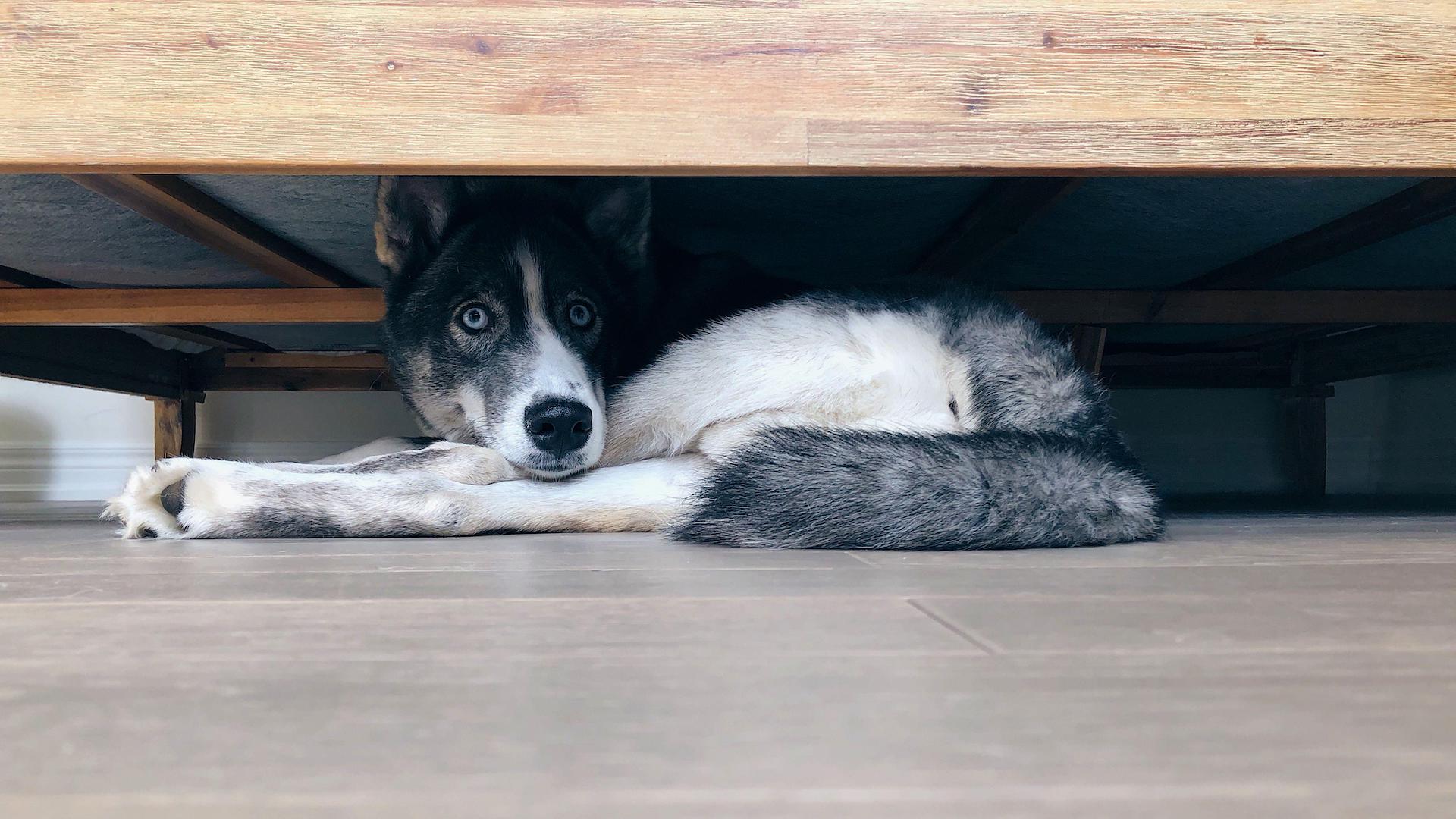Skin conditions in dogs: Symptoms, causes, and how to help
A vet explains the most common skin conditions in dogs and the treatments available.

Skin conditions in dogs are very common, so it's important to recognize the symptoms and understand the factors that cause them.
Dr. Rebecca MacMillan, a vet with over 15 years of experience, says she regularly sees four skin conditions in particular: skin allergies, parasites, acute moist dermatitis, and endocrine disease. Issues like parasites can be prevented by using best flea treatment for dogs, while managing allergies might require medication or a change in diet.
Some conditions, like skin allergies, can get worse in the summertime when there are more environmental allergens, like pollen. The best way to protect and help your pup is by spotting the signs and knowing how to manage them.
Below, Dr. MacMillan has explained the causes, symptoms and treatment methods on offer:
The most common skin conditions in dogs
1. Skin allergies (atopic dermatitis)
Skin allergies (atopic dermatitis) is a very common condition that affects up to 30% of dogs, according to the journal Vet Sci.
Dr. MacMillan explains that they're usually caused by environmental allergens (grass pollens, tree pollens, house dust mites), but can sometimes be caused by food allergies. To learn the difference between food vs environmental dog allergies, have a read of our helpful guide.
Skin allergies: Symptoms
- Increased itchiness
- Recurrent ear infections
- Scabs
- Sores
- Inflammation
- Thickening of the skin
- Pigment changes
- Licking paws excessively
- Saliva staining the fur, turning it pinky-brown
- Scratching, nibbling and licking multiple times a day

Skin allergies: Treatment
If your dog has a skin allergy, there are several treatment options available, including allergy medications that can reduce itchiness. According to Dr. MacMillan, these may include oral drugs such as prednisolone (a steroid), oclacitinib, or cyclosporine. You might also find antihistamines helpful.
She says: "More recently we have started using monoclonal antibodies which are given by injection once a month. These specifically target the signals for itchiness and have the advantage of minimal side effects elsewhere in the body.
"Immunotherapy can be utilized for atopic dogs. Blood samples help to identify what your pet is reacting to, then small amounts of these allergens can be given to your dog via regular injections. This is done gradually over time to desensitize your pet, reducing future skin flare-ups."
To improve your dog's overall skin and coat quality, you could try supplementing with essential fatty acids or switching to a specially formulated diet. Changing dog food too suddenly can lead to health issues, so always introduce their new diet slowly and gradually.
If your dog has a food allergy, ensure you're not feeding them any proteins they react to – chicken allergy in dogs is a common culprit!
Dr. MacMillan says: "These dogs are more prone to secondary skin infections (pyoderma or yeast overgrowth) which may also require treatment, such as medicated shampoos and antibiotics."
YuMove's Skin and Coat Care Itching For Dogs
This vet-recommended formula is designed to soothe and reduce itchy skin in as little as three to six weeks. It contains a blend of omega-3 oils, which are excellent for supporting skin and coat health.
Dr. MacMillan says: "Many of my patients with mild allergies have had some success with ‘Yumove Skin and Coat Care Itching".
2. Parasites
Parasites, including fleas and mites, are a common cause of skin disease in dogs, according to Dr. MacMillan. If your dog is allergic to flea saliva, they could develop flea allergy dermatitis, which causes symptoms like itching and scratching, and be very uncomfortable.
She explains: "The most seen ectoparasite is fleas. This small brown wingless creature can rapidly reproduce, dispersing eggs into your household. These eggs hatch out into tiny larvae that crawl in your carpet or gaps between floorboards, eating debris. They then form a pupa which can sit undisturbed for several weeks before hatching out. This is known as the flea life cycle."
"Mites are another frequently seen parasite, causing a skin issue known as mange. There are two types of mange, sarcoptic mange and demodectic mange. The Demodex mite lives at low levels in most dogs, not usually causing a problem. However, in young or immunocompromised animals those mites can multiply causing hair loss. The Sarcoptes mite is an infectious parasite that causes widespread intense itchiness, crusting, and hair loss."
Parasites: Symptoms
- Hair loss
- Scabs
- Inflamed skin
- Itchiness

Parasites: Treatment
Once an infestation begins, many pet parents struggle with how to get rid of fleas. Dr. MacMillan recommends using a vet-approved anti-parasite product, treating your home with a flea spray, vacuuming, and cleaning your pet's bedding.
Prescribed tablets or spot-ons are usually more effective, and you'll want to ensure the product is the right size for your dog's body weight.
She adds: "Treatment often fails when owners don’t treat all the animals in the house, miss doses or leave too large a gap between treatments. This can allow the immature stages of that parasite to grow and start reproducing again."
Indorex Defence Spray
A vet-approved spray that kills fleas and dust mites for up to two months after application and prevents eggs and larvae for up to 12 months.
3. Acute moist dermatitis (hot spots)
Acute moist dermatitis, also known as 'hot spots', causes patches of moist, inflamed skin, typically found on the face or neck but can appear anywhere on the body. In Dr. MacMillan's experience, it affects breeds like golden retrievers, Labrador retrievers, and rottweillers the most.
She says: "We often don’t know what the underlying cause is, but it can be triggered by anything that causes skin irritation such as an insect bite, or a graze. The dog then causes further trauma to the skin by itching and rubbing at the area, leading to a secondary bacterial infection."
Acute moist dermatitis: Symptoms
- A patch of moist, inflamed skin that might have an odor and hair loss
- Skin is usually sensitive and sore - your dog might react when you touch it

Acute moist dermatitis: Treatment
When you take your dog to the vet, the fur around the affected area may be clipped, and the skin will be cleaned. The vet might recommend antibiotics, pain relief, or ongoing topical treatments.
4. Endocrine disease
If your dog has an endocrine disease (also known as hormonal issues), you might notice some changes in their skin, like hair loss and thinning.
Dr. MacMillan explains: "Hypothyroidism (decreased thyroid hormone) can cause weight gain and reduced levels of activity, as well as thinning of the fur. Affected dogs will usually have flank alopecia, which is hair loss or thinning down both sides of their body. These dogs are also more prone to skin infections (pyoderma).
"Hyperadrenocorticism (Cushing’s disease) is an overproduction of steroid hormones in the body, caused by a small tumor on the adrenal gland or in the brain. This can lead to thinning of the skin, hair loss, and pigment changes.
"Seasonal flank alopecia is a condition most often seen in boxer dogs, Airedale terriers, and English bulldogs. Typically, affected dogs have symmetrical hair loss and the visible skin is darker than usual. It is unknown exactly why this happens but usually coincides with the seasons. Hair loss occurs during the fall months and starts to grow back in the spring.
"Fluctuations in sex hormones can also cause coat changes in some dogs. In males, some testicular tumors can cause coat thinning and mammary gland enlargement."
Endocrine disease: Symptoms
- Hair loss
- Coat thinning

Endocrine disease: Treatment
Typically, treatment involves managing your dog's hormonal condition with regular medication and monitoring. However, if your dog has seasonal flank alopecia, it is considered a cosmetic issue, so no treatment is necessary.
You might also want to read: Tips to cope with dog shedding.

Rebecca is a veterinary surgeon who graduated in 2009 from the Royal Veterinary College in London. She has a wealth of experience in first opinion small animal practice, having done a mixture of day-to-day routine work, on-call emergency duties and managerial roles over the years. She enjoys medicine in particular and she is proud to have recently achieved a BSAVA postgraduate certificate in small animal medicine (with commendation). She writes on various feline and canine topics, including behavior, nutrition, and health. Outside of work and writing she enjoys walking her own dog, spending time with her young family and baking!
PetsRadar Newsletter
Get the best advice, tips and top tech for your beloved Pets

Megan is a Staff Writer at PetsRadar, covering features, reviews, deals, and buying guides. She has a wealth of experience caring for animals, having grown up with dogs, cats, horses, guinea pigs, and more throughout her life. She studied BA Journalism at the University of Westminster, where she specialized in lifestyle journalism and was editor of Smoke Radio’s lifestyle website. Megan works alongside qualified vets and accredited trainers to ensure you get the best advice possible. She is passionate about finding accurate and helpful answers to your pet-related questions.


